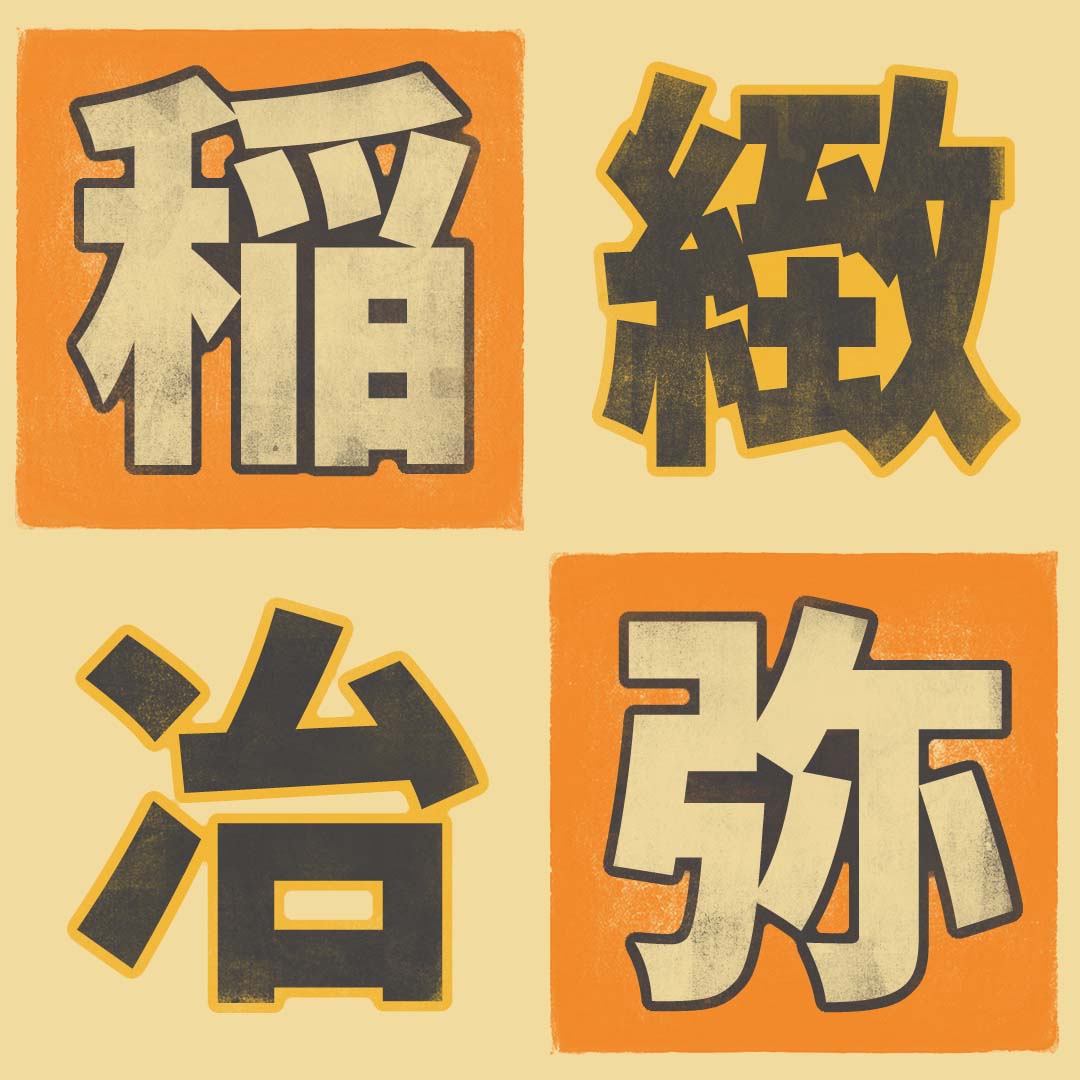部
Components
弥 means 'increasingly'
Common readings
Additional readings
On ミ ビ
Kun いや や あまねし いよいよ とおい ひさし ひさしい わたる
Name わたる みつ ひろ よ
Variants
Notes
A Joy o' Kanji essay is available for 弥 - click the badge to download
The essay is also included in the following Thematic Bundles
03
Sounds, Sanskrit, and Statues
刹 那 奈 弥

69
What Drove the Jomon-Yayoi People
稲 緻 冶 弥

Components
Mastery
Flashcards
Most useful words by reading
In the most useful 10,000 words in Japanese, 弥 is used 1 time, read 1 way.
Across all words in Japanese, 弥 is used 44 times, read 4 ways (with 1 variation).
Showing:
ミ
: 19 words
FIND ALL
noun
1. Amitabha (Buddha); Amida (Buddhist term)2. ghostleg lottery; ladder lottery; lottery in which participants trace a line across a lattice pattern to determine the winner (see also: 阿弥陀籤; often written with kana only; abbreviation)
(click the word to view an additional 1 meaning and 2 forms, examples and links)
ビ
: 4 words
FIND ALL
や
: 13 words
FIND ALL
noun
1. third month of the lunar calendar (obsolete term)2. thick growth (of grass, etc.) (archaic; this meaning is restricted to reading いやおい)
(click the word to view an additional 1 reading and 1 meaning, examples and links)
いや
: 4 words
FIND ALL
よ:
4 words.
FIND ALL
An additional 7 less common words include 弥 but the readings have not yet been categorized.
More information
Additional data
Cascading kanji view
Problem with this kanji? Question or comment? Please CONTACT US.
